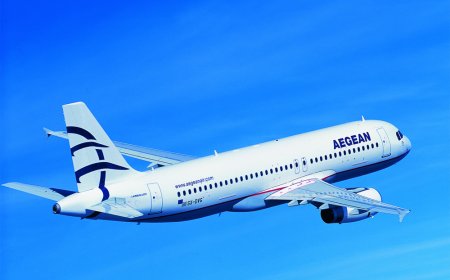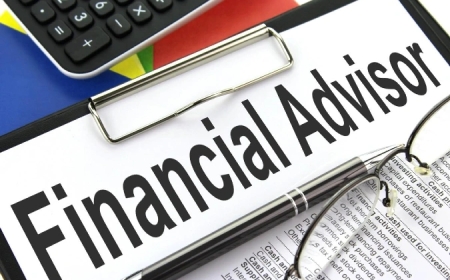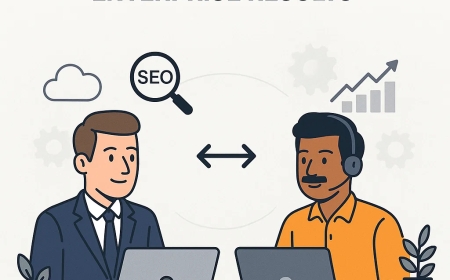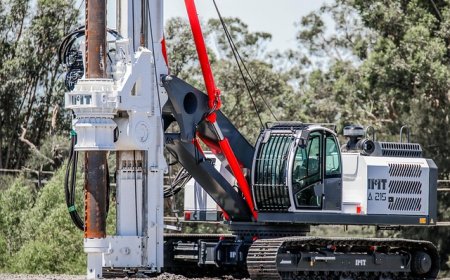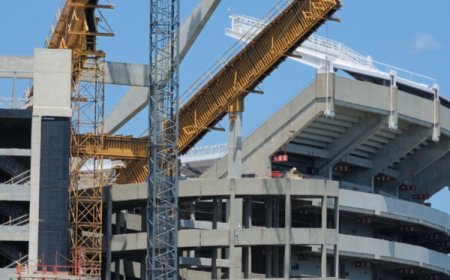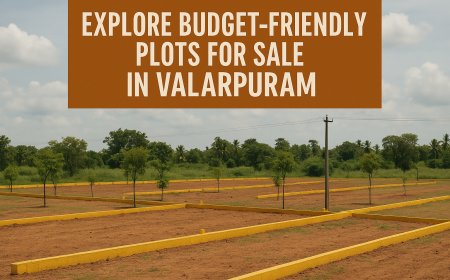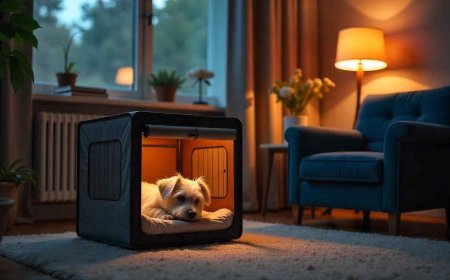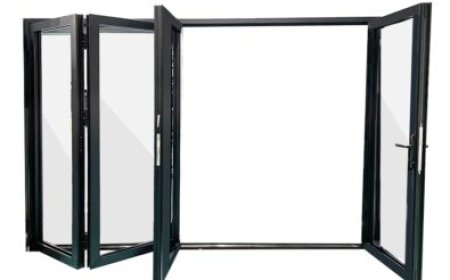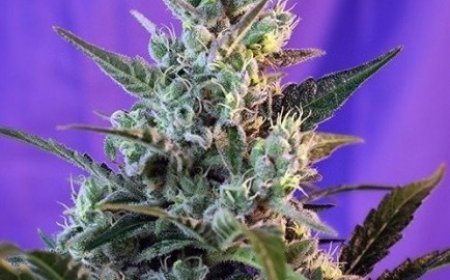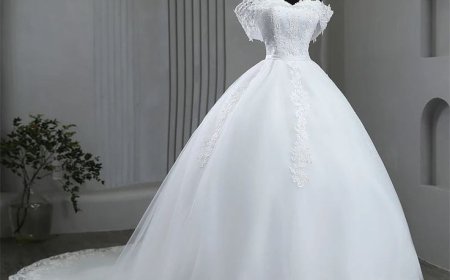Drone Photography in 2025: The New Rules, Tech, and Trends for Aerial Creators

Drone photography has come a long way over the last decade. In 2025, it's more accessible, more regulated, and increasingly used across industriesnot just by hobbyists and artists, but also by businesses, media, and government agencies. For photographers interested in exploring the sky, there are new tools, clearer regulations, and growing communities of aerial creators.
In this blog, well walk through the current landscape of drone photography, what the new rules look like, the latest tech updates, and the trends shaping how people use drones today. Whether youre just getting started or looking to upgrade your skills and gear, this guide will help you stay informed.
Updated Drone Regulations in 2025
The legal environment around drone photography has changed in the past few years. With more people using drones in public spaces, regulators around the world have introduced new policies focused on safety, privacy, and airspace control.
Key rules to be aware of:
-
Universal remote ID systems: In many countries, drones must now transmit identifying information to local authorities. This helps manage air traffic and prevent unauthorized flights in restricted zones.
-
Geofencing and no-fly zones: Drones are automatically restricted from entering sensitive areas like airports, government buildings, or private property. These limitations are often built into the drone software.
-
License and training requirements: Most countries require drone operatorsespecially for commercial useto pass a certification exam and complete safety training.
-
Insurance and liability: For commercial operators, carrying liability insurance has become a common requirement. This protects both the operator and the public in case of accidents.
-
Night and beyond-visual-line-of-sight (BVLOS) flights: While BVLOS flights are now legal in some areas, they typically require advanced permissions and additional equipment.
If youre shooting professionally or even for personal use in populated areas, its important to check local rules before you fly.
Advances in Drone Technology
Drone hardware and software have improved significantly since 2020. In 2025, even mid-range drones offer features that were once limited to high-end gear. These updates are helping creators get better shots with less effort.
Notable advancements include:
-
Improved battery life: Many new drones offer 45-60 minutes of flight time on a single charge, allowing for longer sessions and more coverage.
-
Obstacle avoidance: Modern drones come with multi-directional sensors that detect and avoid trees, buildings, and other objects in real time.
-
AI-assisted shooting: Automated tracking, subject recognition, and flight path planning make it easier to get complex shotseven if you're flying solo.
-
Higher resolution cameras: 8K video and larger sensors (like 1-inch or micro four-thirds) are now standard in prosumer drones, offering better low-light performance and more dynamic range.
-
Noise reduction: Quieter drones reduce disturbance to people and animals, opening more opportunities for nature and wildlife photography.
These features dont just improve image qualitythey also make drone photography safer and more reliable, especially in unpredictable environments.
How Drone Photography Is Being Used in 2025
Drone photography continues to grow as a tool for creative work, commercial use, and data collection. As camera tech and software improve, the line between creative and practical applications is blurring.
Common use cases include:
-
Real estate marketing: Agents use drones to show large properties, neighborhoods, and views that ground-level photos cant capture.
-
Event coverage: Weddings, concerts, and sports events often include drone footage as part of their video packages.
-
Content creation: Social media influencers and travel bloggers use drones to film cinematic landscapes and personal brand content.
-
Agriculture and land surveys: Drones collect aerial imagery for crop monitoring, land development, and infrastructure planning.
-
News and journalism: Media outlets rely on drones for real-time coverage of protests, natural disasters, and urban developments.
-
Inspection work: Industries like construction, mining, and energy use drones to inspect hard-to-reach areas safely and efficiently.
And of course, plenty of photographers still use drones for personal art, exploration, or documentary-style projects. The creative possibilities are wide open.
New Trends Among Aerial Creators
As more photographers and videographers enter the drone space, new trends are emerging in how drones are used and how content is shared.
1. Vertical Video and Social Sharing
With short-form platforms like TikTok, Instagram Reels, and YouTube Shorts growing fast, creators are producing more vertical aerial content.
-
Mobile-first editing tools: Apps that allow on-the-go editing and effects make it easier to turn drone footage into polished posts.
-
Built-in livestreaming: Some drones now support live streaming directly from the device, making real-time aerial coverage more accessible.
2. FPV (First-Person View) Drones
FPV drones give creators a more immersive flying experience. Controlled through goggles and faster than traditional drones, theyre popular for:
-
Racing and sport footage: Great for dynamic, high-speed scenes.
-
Cinematic storytelling: Used in action sequences, film shoots, and commercial ads.
-
Freestyle content: Creators often post dramatic swooping or diving videos for entertainment.
However, FPV drones require more practice and are less automated, so they come with a steeper learning curve.
3. Sustainable and Low-Impact Shooting
As environmental awareness grows, many aerial photographers are adopting sustainable practices:
-
Using quieter, smaller drones in wildlife areas to avoid disturbing animals.
-
Flying during off-peak hours to reduce crowd disruption.
-
Avoiding sensitive ecological zones that might be affected by drone presence.
This mindset is becoming more common as creators balance artistic goals with environmental responsibility.
What Drone Creators Should Keep in Mind in 2025
Whether you're a hobbyist or a professional, its important to adapt to the new landscape of drone photography.
Here are a few tips:
-
Stay updated on regulations: Laws change often. Regularly check with your national aviation authority or drone association.
-
Practice ethical flying: Avoid flying over private property, crowds, or restricted areas unless you have permission.
-
Maintain your gear: Drones require regular software updates and hardware checks to perform safely.
-
Back up your footage: Use cloud storage or external drives. Drones can crashdont lose your work.
-
Build a portfolio: Share your best shots on social platforms or photography websites to grow your audience and attract clients.
Just like shopping at an online vape shop ordering vape delivery from home, drone photography is becoming a streamlined, on-demand tool that fits into the daily lives of creatives. The tools are more accessible, and the path to publishing is shorter than ever.
Final Thoughts
Drone photography in 2025 is more than just a trendits a standard part of the photography world. With better technology, more defined rules, and a growing creator community, it's a great time to get started or improve your skills in the field.
But as with any tool, how you use it matters. Responsible flying, thoughtful content, and continuous learning are what will help you stand out in a fast-changing space. The sky isnt just the limitits the new creative workspace.
More Related - Mastering Natural Light: Photography Tips for Stunning Outdoor Shots







